A Closer Look at Pharmaceutical Advertisers’ Gradual Shift to Digital Media
Recently, pharmaceutical advertisers have inched their way into digital with online and mobile media spending estimated to reach nearly $2 billion in 2016, up 15.4% from the year before (eMarketer). By and large, they still cling to television where they spend roughly $3.7 billion annually targeting consumers. They spend another $24 billion marketing to doctors and healthcare administrators who write the prescriptions and endorse the medications, according to STAT.com. As the shift to digital has grown, there are some signals that indicate an even greater acceleration to digital in the coming years.
Older demographics are televisions biggest devotees
While younger people have begun shifting away from major television networks and opted instead for Youtube, Netflix, Hulu and other on-demand and somewhat commercial free options, our senior generation still favors network television above all else. In fact, the average age of a CBS viewer is 59 – which is why drug makers spent $511 million at CBS in 2015, according to Kantar Media. This is likely due to the fact that roughly a quarter of the dollars spent on non-digital consumer ads come from just a handful of medications targeting older demographics with conditions reflective of their age, such as arthritis. The list includes:
- Humira: Treats arthritis and similar conditions
- Lyrica: Prescribed for fibromyalgia, a form of nerve and muscle pain
- Eliquis: An anticoagulant that can reduce stroke risk
- Xeljanz: Prescribed for rheumatoid arthritis
- Cialis: The popular erectile dysfunction solution
Pharmaceuticals pursue the same demographics in newspapers, magazines and radio where the industry spends another $1.5 billion, annually. (Nielsen)
Causes for the Shift to Digital
As consumer-pharma moves to digital, there are some reasonable indicators as to why this is occurring now:
Smartphone use among Americans has soared with adults over 50. According to PEW Research, use of smartphone by adults has nearly doubled in 5 years. Currently 58% of US adults ages 50-64 own a smartphone; 30% older than 65 do, too. Hours spent on mobile devices (including tablets) have risen as well among our older population.
In general, web-based technologies have seen significant gains in terms of medical care and insurance. The Affordable Care Act’s online sign-up, electronic medical records, healthcare provider apps, and remote video appointments with doctors have all contributed to a technology push sending millions of consumers to the web for healthcare.
While television spots and digital media content remain heavily regulated, personal use of online video outlets such as Youtube have provided a platform for ordinary people to share personal case studies and advice about pharmaceutical use. These videos benefit from the longer format that goes well beyond the 30 second or 60 second TV ad and provides a greater, more personal depth of information.
All of this evidence points to change. It shows how the pharmaceutical industry views the value of digital, particularly as it pursues adult demographics that have begun to migrate online for medical information.



